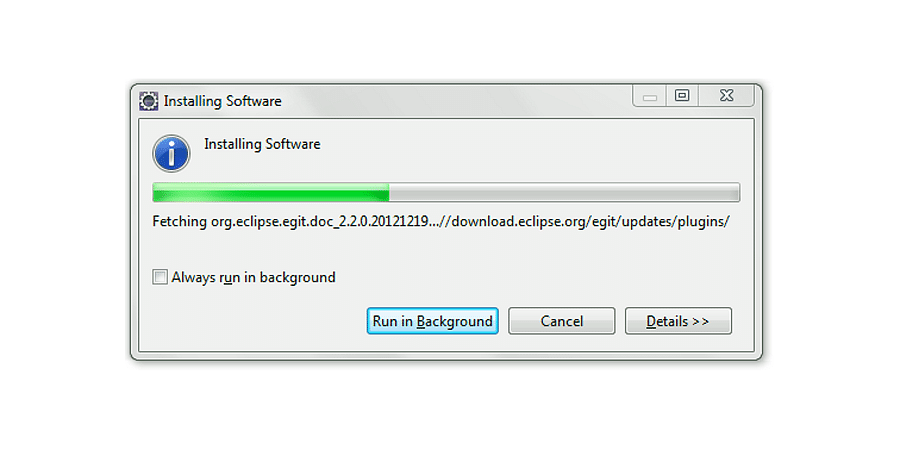
How many times have you thought of replacing an old piece of hardware – a phone, a keyboard or a modem, for instance -- because its performance has slowed down?
It may not be necessary to throw the piece of hardware away unless it is really old. Performance of hardware can often be restored to the original or improved by reinstalling or upgrading the firmware.
What is firmware and what does it do? Firmware is basically software that controls the functions of a piece of hardware and instructs it how to function.
Firmware developers are constantly trying to improve the way a piece of hardware works. There could be bugs in the existing firmware and this might affect hardware performance. New firmware might optimise the hardware it is controlling or there might be better security features in the new firmware.
Take the case of a smartphone. Android and iOS regularly sends notifications to the user to upgrade the operating system. Apps also send notifications of newer versions.
Some might think it is not necessary to upgrade the system software on a smartphone. Updating an e-commerce or grocery shopping app may not throw up great performance enhancements. But when it comes to Android system upgrades, it might prove to be crucial because it could contain fixes to optimise battery life or security feature enhancements.
While Google Play Store or Apple’s App Store send notifications about updates, there are many other instances in which the user may not get notifications. Take a ADSL broadband line modem for instance. It is easy to assume that it will keep working fine. The problem is that devices that do not have display or do not send notifications tend to be neglected by the user.
The fact of the matter is that even a modem has firmware and has to be upgraded regularly. The easiest way of doing it is to open the manufacturer’s website and find the model that the user owns. On the specific model page, there is usually a support page that will contain a link to download the latest version of firmware. With such hardware devices that do not have a graphical user interface, the latest firmware has to be downloaded on to the computer and the modem, for example, should be connected to the computer. Then it is a simple matter of following the manufacturer’s instructions for a successful update.
There is a bit of caution that is to be exercised while doing firmware updates. It is very, very important to select the right hardware device and download the right software version for it. Even when the firmware update is happening, it is crucial that the user does not interrupt the installation. Interfering with the installation like unplugging the hardware abruptly could render the device permanently unusable.
While a broadband modem might be a simple example, firmware upgrades for more complicated hardware could be crucial to their functioning. For example, a home theatre receiver is a very complex piece of digital electronics.
Today’s surround sound systems for home theatre offer up to 12 channels of sound. This, one can guess, needs a lot of signal processing. Whether it is decoding, HDMI connectivity or control/ selection features of the home theatre receiver, it is all controlled by software. In case the software gets corrupt, it can ruin the setup. So, to keep the system running smoothly, it is recommended to have the latest version of the firmware.
In case of home theatre receivers, many of today’s products are equipped with Wi-fi modems or ethernet ports. The firmware can be upgraded easily by following the manufacturer’s instructions.